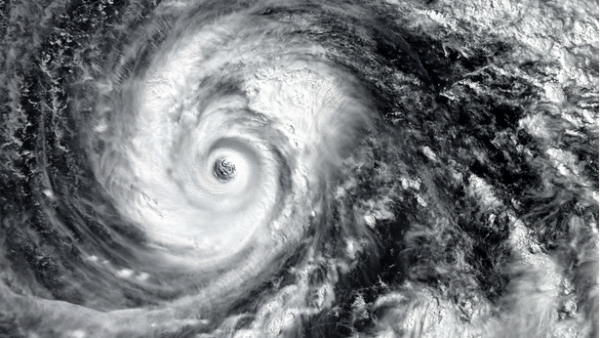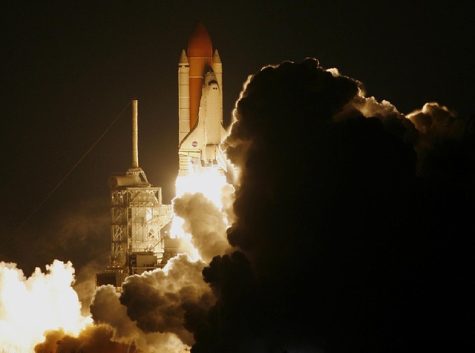The horrifying truth about animal testing
Animal testing is the horrifying practice with disastrous impacts. It is defined as, “the procedures performed on living animals for purposes of research into diseases and assessing the effectiveness of new medical products and testing human health/environmental safety.” That means that we are allowing a live animal to be forced to undergo something that is likely to cause them pain, suffering, distress or lasting harm. This shouldn’t be considered normal.
What happens to the animals in the process?
During the process of animal testing, test subjects are injected with and forced to inhale substances or have them rubbed onto their skin. Examples of harmful practices include getting exposed to radiation, surgically removing organs or tissues to deliberately cause damage, and forcing animals to inhale toxic gases. Most animals are then subjected to further monitoring and testing before almost always being killed, so that researchers can look at the effects on their tissues and organs, but some may be reused in subsequent experiments. Some examples for what kills an animal are regulatory tests for botox, vaccines, and some tests for chemical safety are essentially variations of the cruel Lethal Dose 50 test in which 50% of the animals die or are harmed to near death.
Which animals are tested on?
Mostly vertebrate animals (mammals, birds, fish and amphibians) and some invertebrates such as octopuses are used for animal experiments. Shockingly, in the USA rats, mice, fish, amphibians and birds are not defined as animals under animal experiments regulations. By that logic, companies requireno legal permission to experiment on them is and such animals are not included in any statistics. Animals used in experiments are usually bred for this purpose by the laboratory or in breeding facilities. It’s a cruel, multi-million dollar industry.
Cruelty Free International believes that all animals are equally important. A dog bred for research is still a dog who could live a very happy life in a loving home. The use of wild-caught monkeys in experiments is generally banned in Europe but is allowed elsewhere. The monkeys that are still trapped in the wild in Africa, Asia and South America are used in experiments or imprisoned in breeding facilities and their offspring are exported to laboratories around the world. This all makes it a vicious, ongoing cycle.

If animal testing is unreliable, why does it continue?
Despite the growing evidence which suggests the need for a change, bringing about that change in a scientific community that has relied so heavily for decades on animal models as the “default method” for testing and research takes time and perseverance. Old habits die hard, and globally, there is still a lack of knowledge in cutting-edge non-animal techniques. Thankfully with the help of the Humane Society International (HSI’s) , change is happening. HSI is leading global efforts to encourage scientists, companies and policy-makers to transition away from animal use in favor of 21st century methods. Their work also brings together experts from around the globe to share knowledge and best practice, improving the quality of research by replacing animals in the laboratory. Hopefully, scientists are working on getting rid of animal testing once and for all by 2035.

Hi my name is Dilara Vural and I am a Staff Writer. I am a sophomore and I love to write about current events, politics, and activism for animals. I am...








